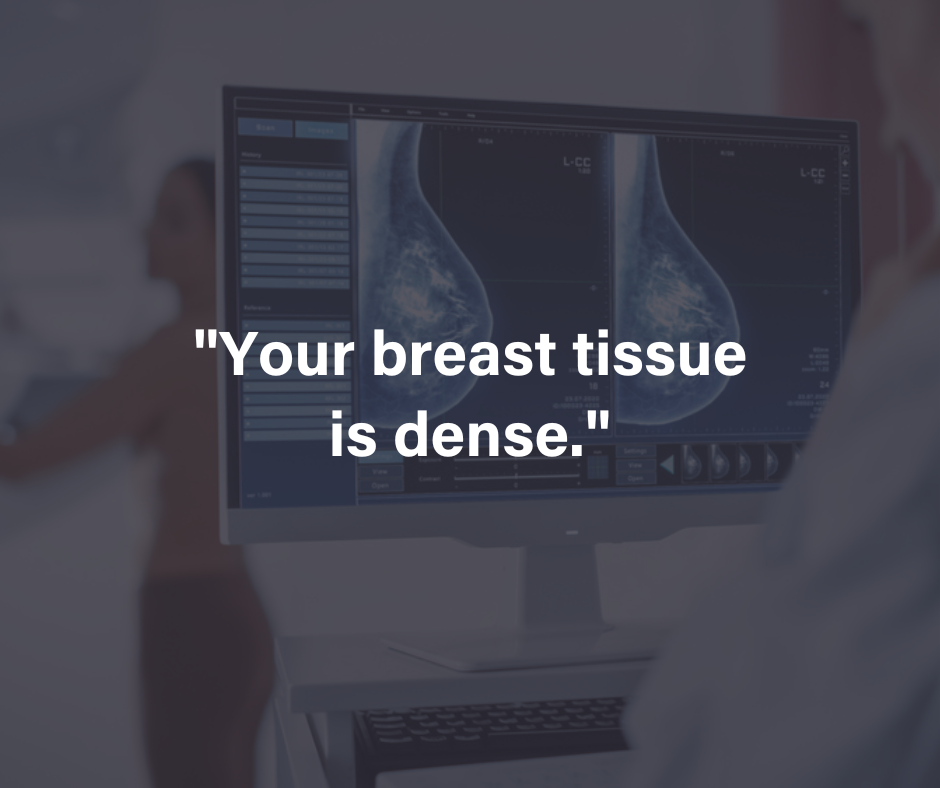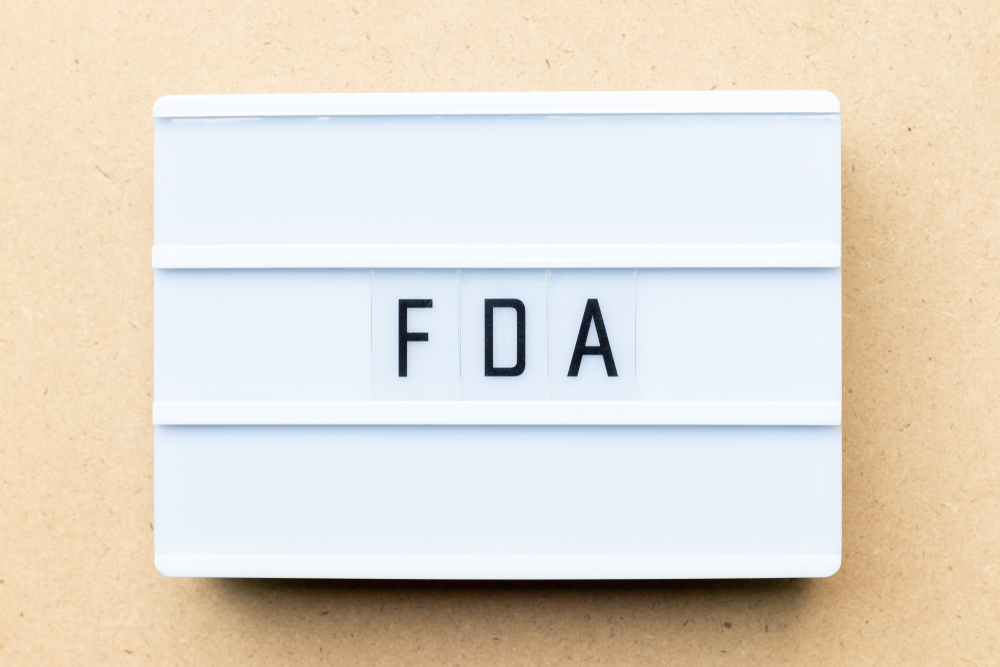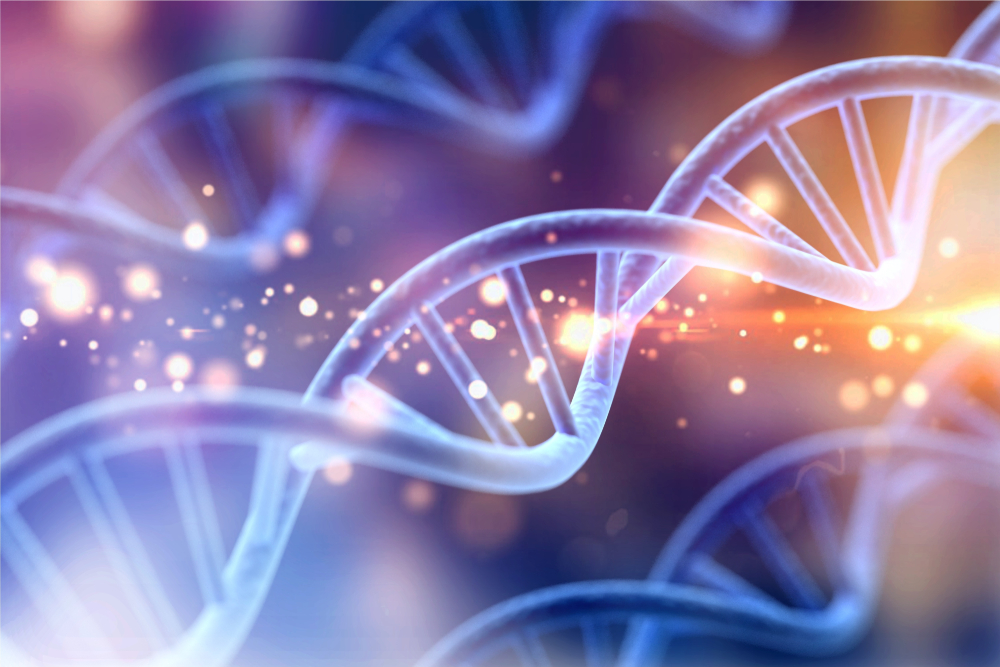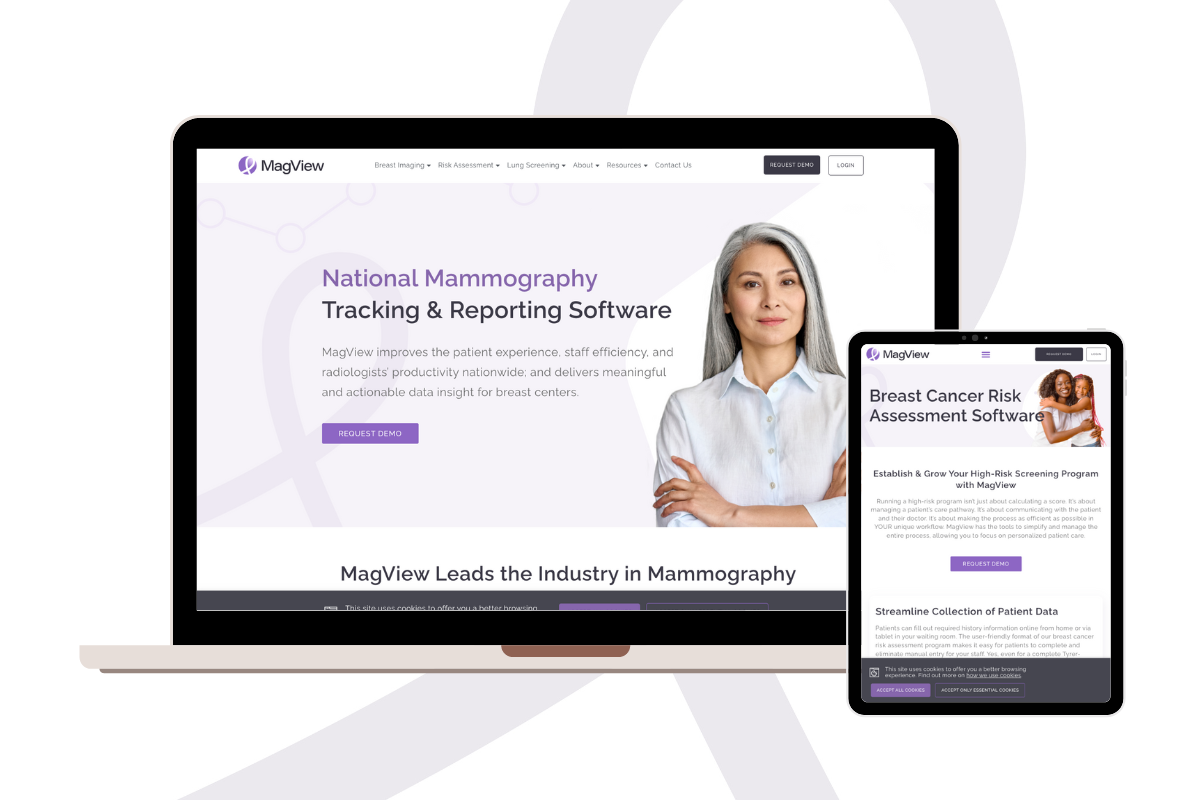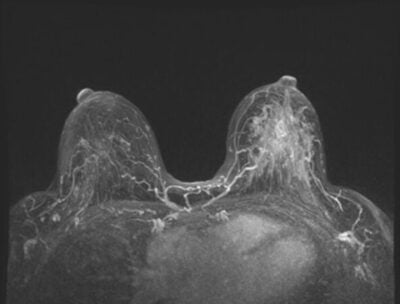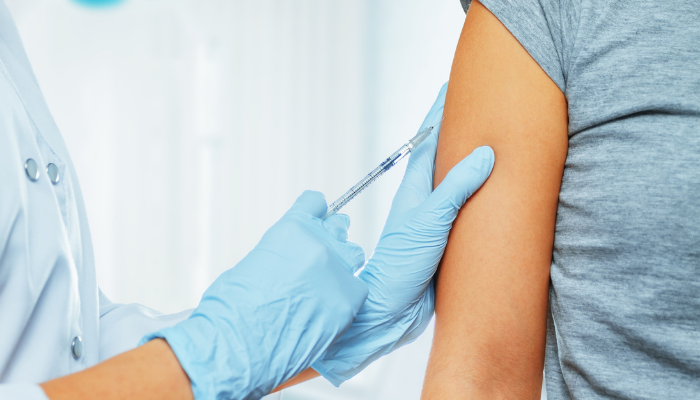A mammogram is a specialized medical imaging technique used primarily to detect breast cancer in its early stages, often before a lump can be felt. It involves taking X-ray images of the breast, which radiologists then examine for any signs of abnormality, such as tumors or microcalcifications. The Mammography Quality Standards Act (MQSA) states that mammograms may only be done by qualified mammographers at FDA-certified mammography facilities.
What is a Mammographer?
A mammographer is a technologist who is certified to perform mammograms. Certification is obtained in a variety of ways since standards can vary by location. Training for mammographers includes learning how to position patients correctly, operate mammography equipment, and ensure that high-quality images are obtained while minimizing radiation exposure. Mammographers receive both radiologic training and clinical experience. Mammographers must also learn patient care, including providing emotional support to patients undergoing mammograms, explaining the procedure, and addressing any concerns or questions the patient might have.
The Role of Radiologists
After the mammogram images are obtained by the mammographer, they are reviewed by a radiologist. A radiologist is a medical doctor who specializes in diagnosing and treating diseases and injuries using medical imaging techniques such as X-rays, computed tomography (CT), magnetic resonance imaging (MRI), ultrasound, and nuclear medicine. The radiologist assesses the size, shape, and characteristics of any abnormalities such as masses, microcalcifications, or other changes in the breast tissue that could indicate the presence of cancer or other breast conditions. and compares them to previous mammograms if available.
Who Interprets Mammogram Results?
Based on their interpretation of the mammogram images, the radiologist provides a detailed report to the referring healthcare provider, including their findings, recommendations for further evaluation or follow-up, and guidance on the next steps in diagnosis and treatment. Their expertise and interpretation are crucial for early detection, accurate diagnosis, and effective management of breast health issues. Once the report is completed, the patient will receive a letter about their results either by mail or through an electronic portal.
Where to get a mammogram?
Mammograms are most often done at breast imaging centers separate from your primary care doctor’s office by radiologic technologists who specialize in imaging procedures. After the images are taken, they are transmitted and interpreted by radiologists, who are medical doctors who analyze the images to detect any abnormalities or signs of breast cancer. Other healthcare professionals, such as nurse practitioners or physician assistants, may also be involved in the process, providing patient education and support.
How To Schedule a Mammogram
Scheduling a mammogram is generally fairly easy.
- Find a certified mammography facility near you. Your primary care physician or gynecologist can provide a referral or you can search on Google or another search engine or ask for a recommendation at a local hospital or health clinic.
- Contact the breast imaging facility to arrange your appointment, providing the required personal details and insurance information.
- Before your appointment, follow any preparation instructions provided by the facility, such as refraining from using deodorant or lotion on the day of the exam. Dress in loose, comfortable clothing when you go for the exam, as you’ll need to undress from the waist up.
Types of Mammograms
In the United States mammograms come in two primary forms: screening mammograms and diagnostic mammograms.
Screening mammograms are routinely used for asymptomatic women to detect early signs of breast cancer. They involve taking X-ray images of both breasts from different angles.
Diagnostic mammograms, on the other hand, are more comprehensive and are performed when there are signs or symptoms of breast abnormalities, such as lumps or changes in breast tissue. These may include additional views or specialized imaging techniques like spot compression views or magnification views to provide more detailed information.
How Often Do I Need a Mammogram?
The recommended starting age and frequency of mammograms depend on your personal breast cancer risk factors. Talk with your healthcare provider about individual risk factors, preferences, and guidelines. Women who are considered “average risk” for breast cancer are often advised to begin mammography screening at age 40 and then every five years, but your medical provider may recommend more frequent screenings.
Learn More About Mammograms
Educating yourself about the process of getting mammograms helps you understand their role in your breast health. Read our women’s health blog for the latest information about breast cancer, mammography, and other women’s health issues.
References
- https://my.clevelandclinic.org/health/diagnostics/4877-mammogram
- https://www.medicaltechnologyschools.com/mammography-technologist#:~:text=To%20perform%20a%20mammogram%2C%20one%20must%20first%20be,6%20Maintain%20a%20state%20license%20or%20general%20certification
- https://pubs.rsna.org/doi/10.1148/radiol.2021211525

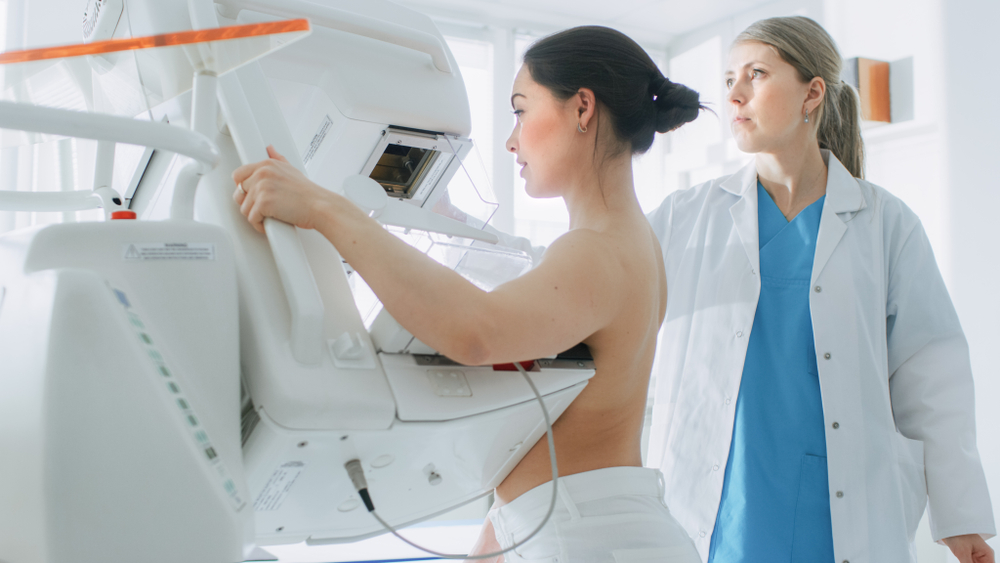

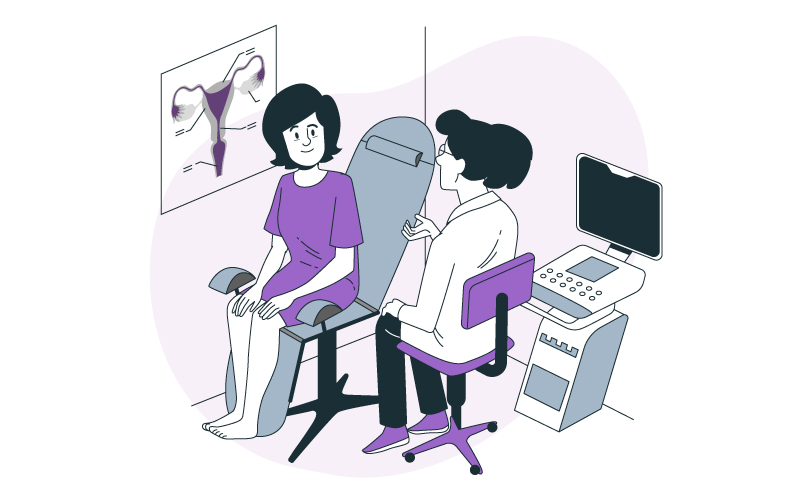


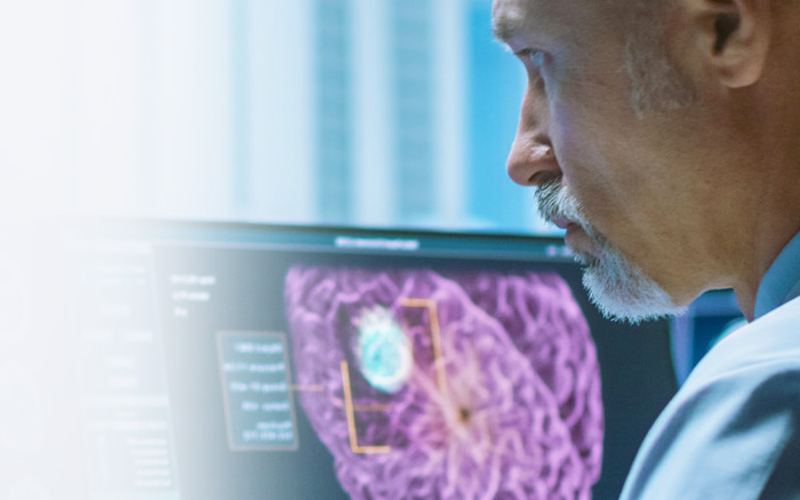


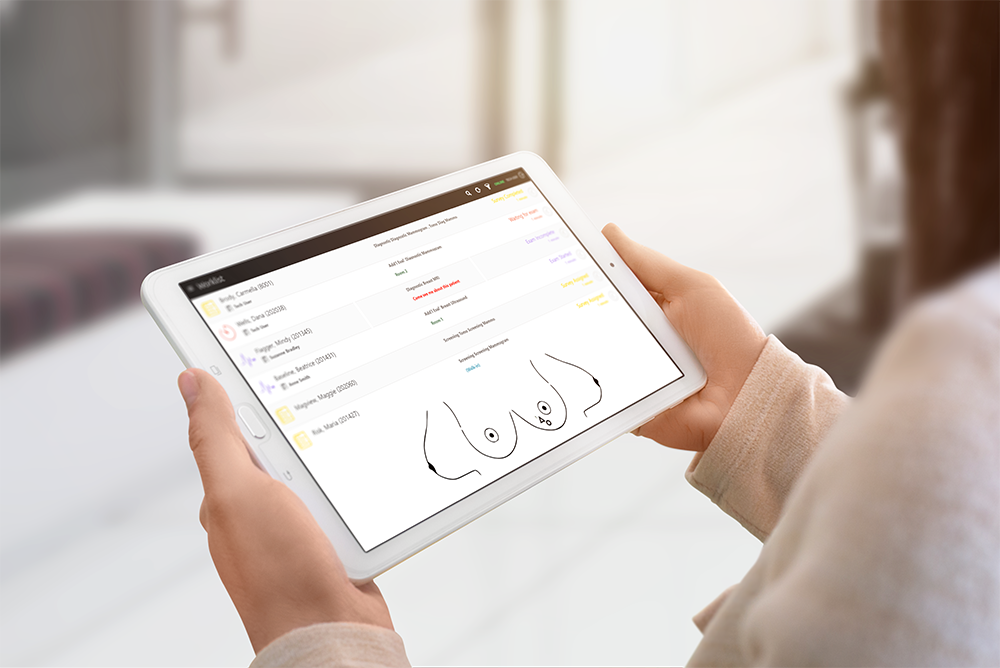

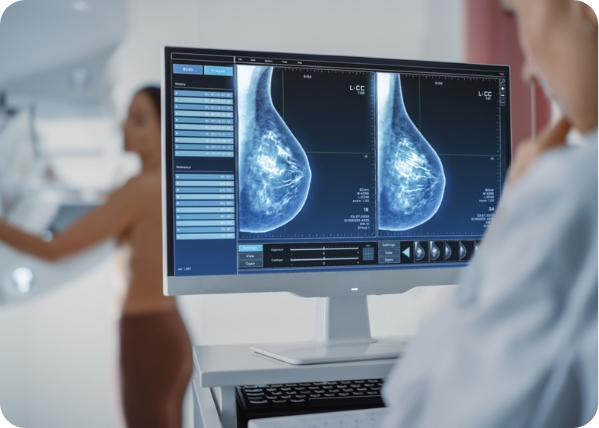

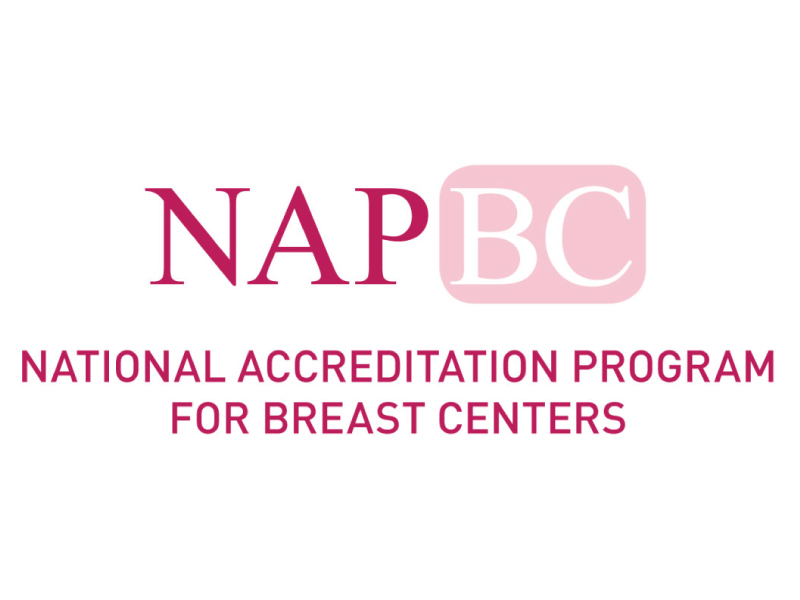
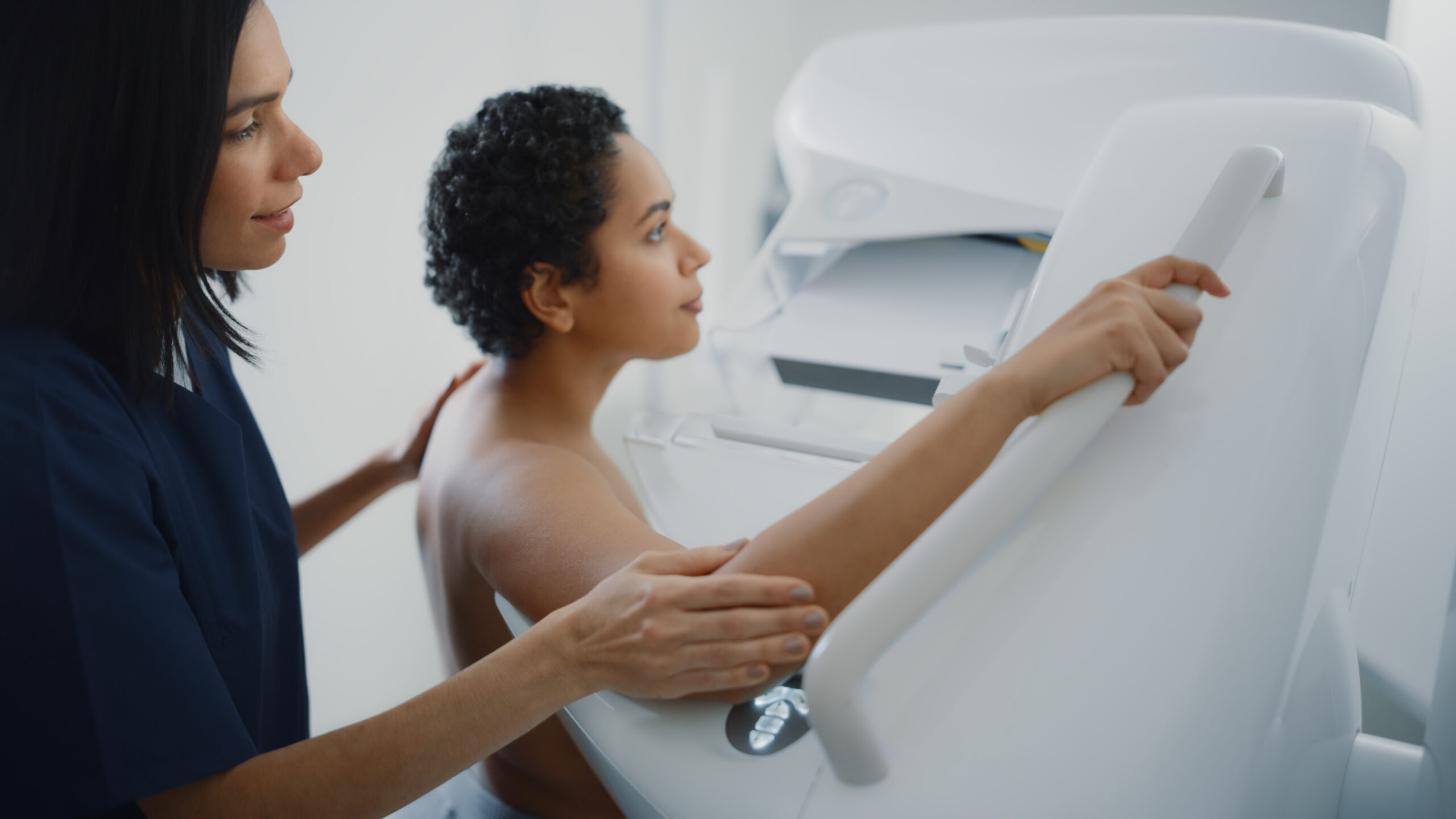
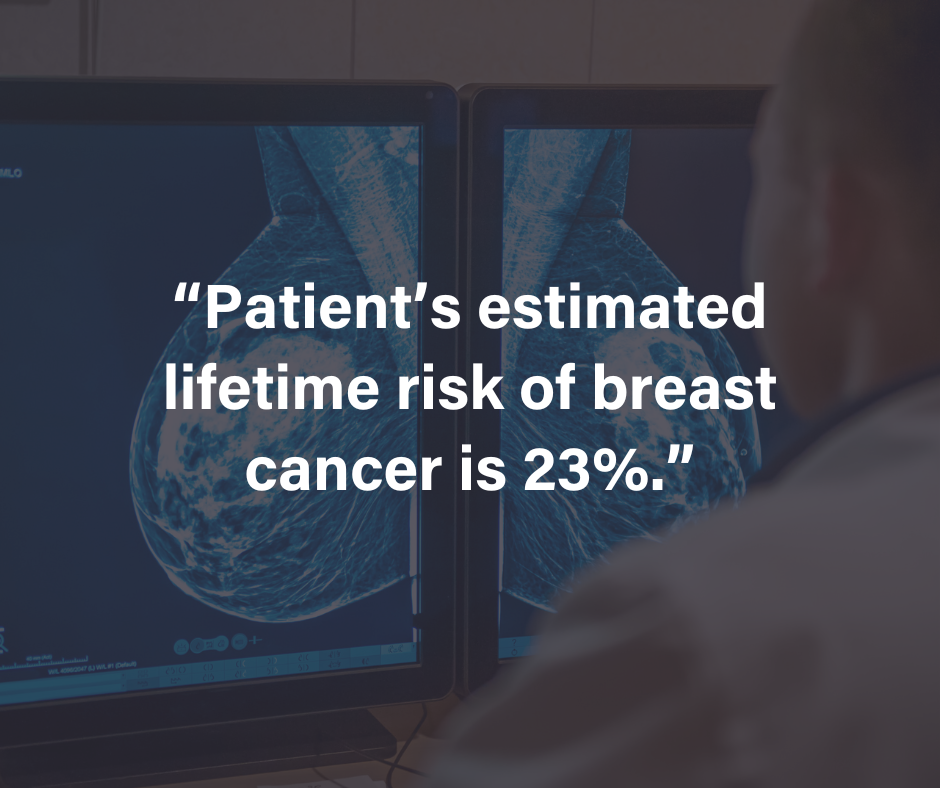
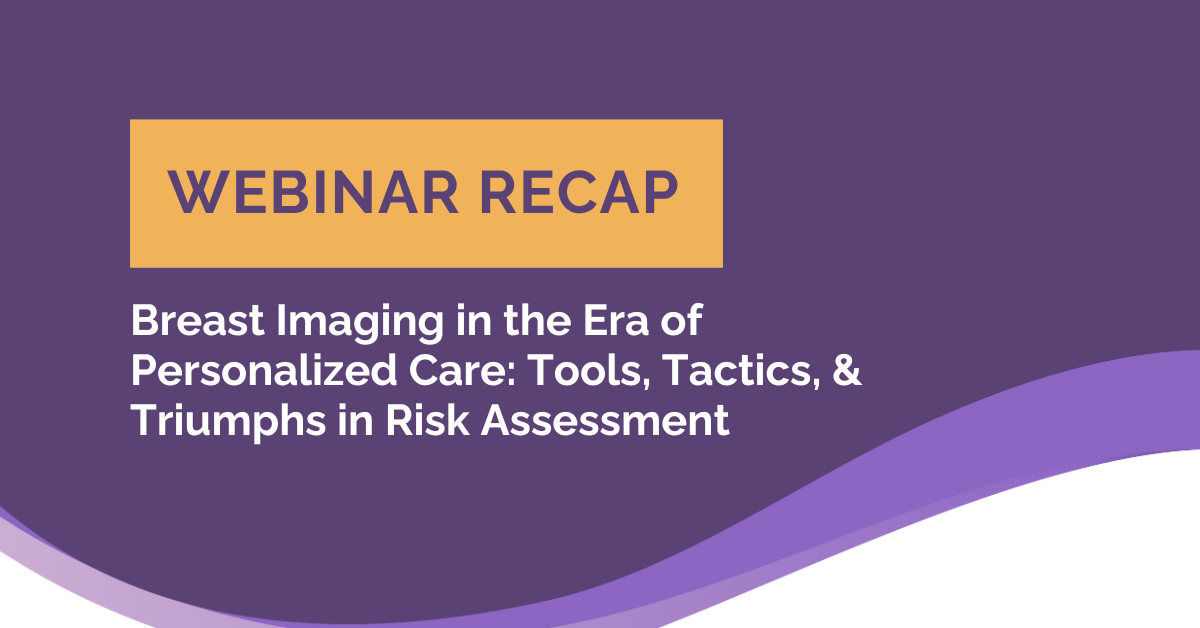
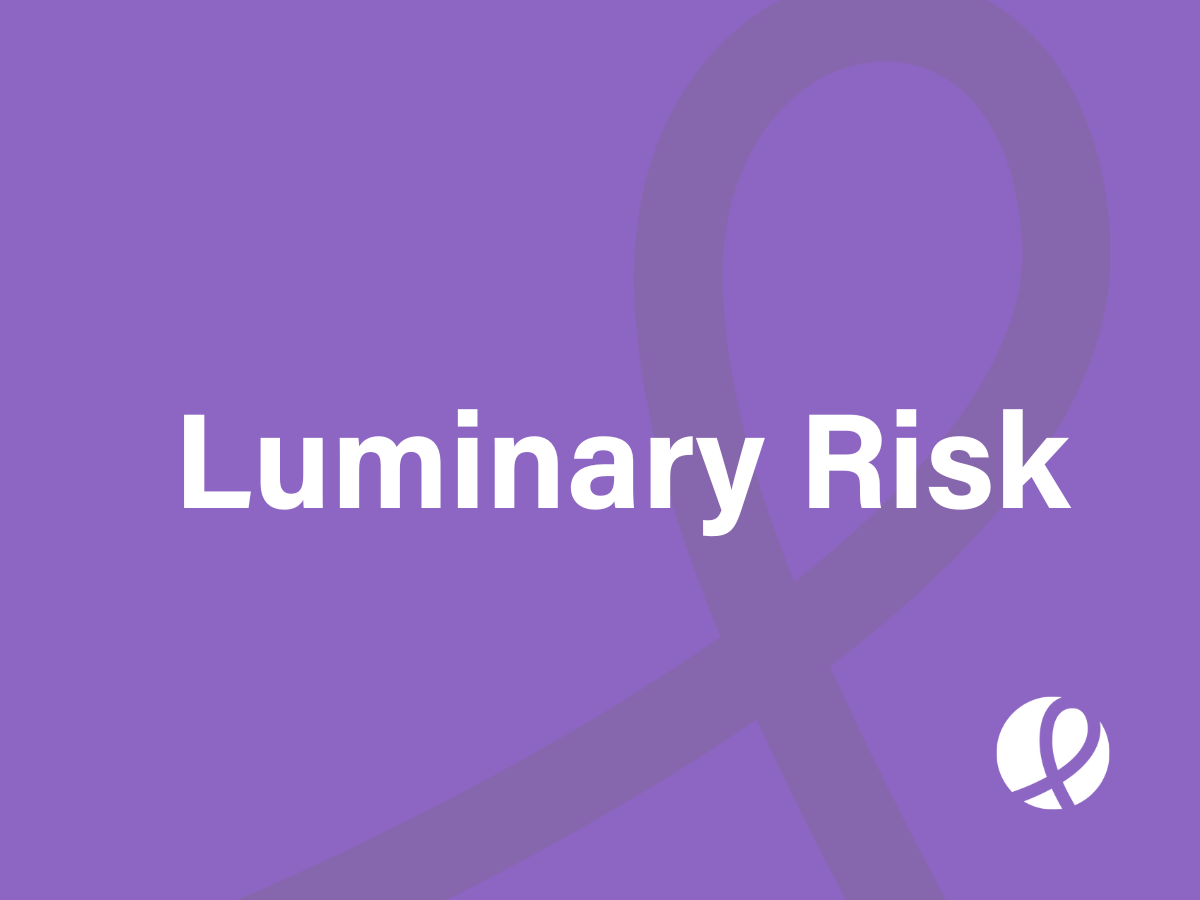





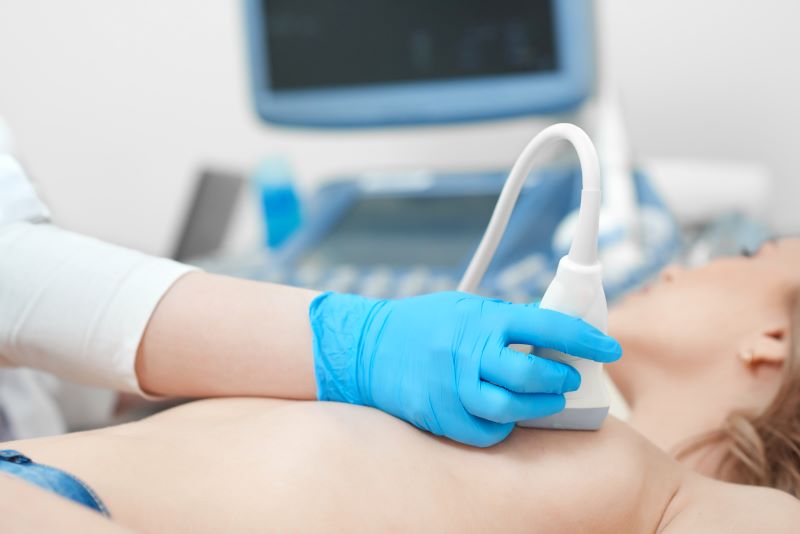
![monitoring breast density shutterstock_1299510538-[Converted]](https://magview.com/wp-content/uploads/2023/05/shutterstock_1299510538-Converted.jpg)

